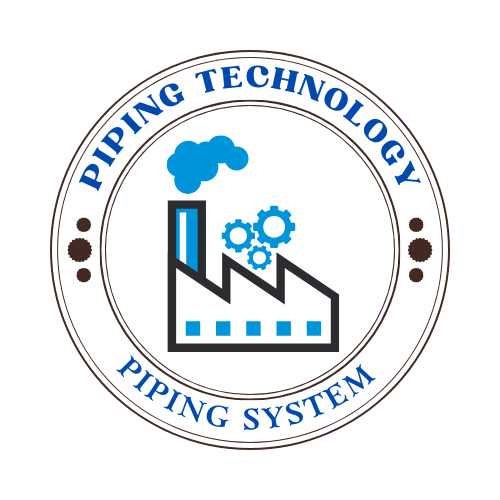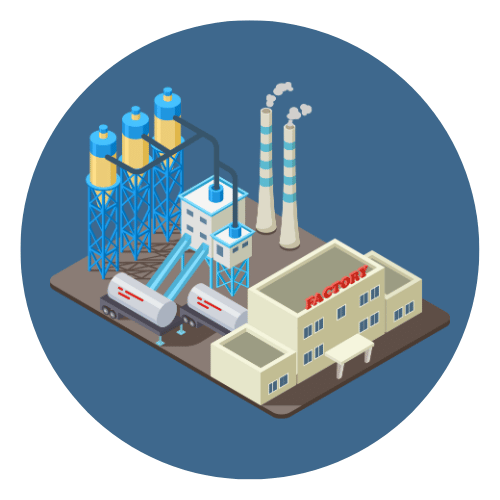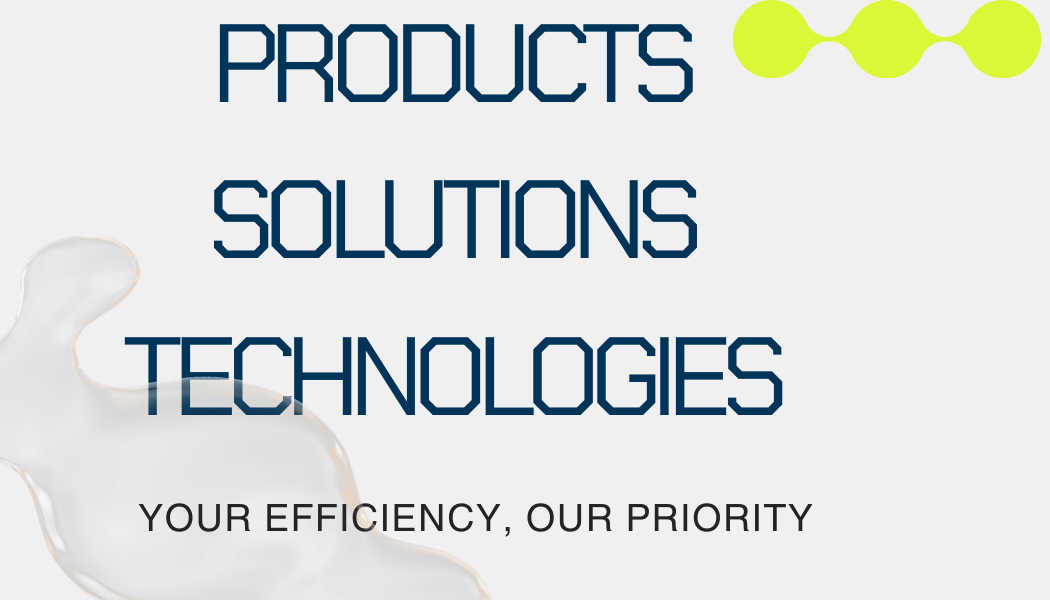Frequently Asked Questions (FAQs)
To help clarify some of the most common concerns when choosing between galvanized steel and stainless steel, here are quick answers to frequently asked questions:
1. Can galvanized steel rust?
✅ Yes—but only after the zinc coating is compromised.
The zinc layer protects the underlying steel, but once it’s worn, scratched, or corroded through, the exposed carbon steel will begin to rust. In harsh environments (like coastal areas), this process can happen faster.
2. Is stainless steel completely rust-proof?
✅ No, but it’s extremely rust-resistant.
Stainless steel can still corrode under extreme conditions (e.g., prolonged salt exposure, strong acids), especially if the protective chromium oxide layer is damaged. However, in most environments, stainless steel resists rust far better than galvanized steel.
3. Is stainless steel magnetic?
✅ It depends on the grade.
-
Austenitic stainless steels (e.g., 304, 316) are generally non-magnetic.
-
Ferritic or martensitic grades (e.g., 430, 410) are magnetic.
If magnetism is important for your application, check the grade’s specific properties.
4. Can I weld galvanized steel?
✅ Yes, but with caution.
Welding galvanized steel releases toxic zinc oxide fumes, which can cause metal fume fever. Always grind off the coating around the weld area, ensure proper ventilation, and wear protective gear.
5. Is stainless steel safe for food contact?
✅ Yes.
Stainless steel (especially 304 and 316 grades) is FDA-approved and widely used in kitchens, food processing equipment, and commercial catering environments. It’s hygienic, non-reactive, and easy to clean.
6. Can galvanized steel be used for drinking water pipes?
⚠️ Not recommended for modern systems.
Galvanized steel was used historically, but over time it can corrode from the inside, leading to leaching of zinc or rust particles into the water. Most plumbing codes now prefer copper, PEX, or stainless steel for potable water.
7. Can I paint galvanized steel or stainless steel?
✅ Yes, but surface preparation is critical.
-
Galvanized steel: Must be cleaned and primed with an etching primer to ensure adhesion.
-
Stainless steel: Can also be painted, but often left bare for aesthetics; surface must be roughened or primed to hold paint.
8. Which is better for marine environments?
✅ Stainless steel, especially 316 grade, is far superior in saltwater and coastal environments due to its resistance to chloride corrosion. Galvanized steel will degrade quickly in these conditions.
9. Which one is easier to recycle?
✅ Stainless steel.
It is 100% recyclable and retains its properties even after multiple cycles. Galvanized steel is also recyclable, but the zinc coating must be removed first, making the process more labor-intensive.
10. Which one lasts longer?
✅ Stainless steel lasts longer in almost all environments, often exceeding 50 years with minimal maintenance. Galvanized steel may last 10–30 years depending on exposure and coating thickness.


 Automation System
Automation System  Energy Engineeing
Energy Engineeing  Instrumentation System
Instrumentation System  Mechanical Engineeing
Mechanical Engineeing  Piping Technologies
Piping Technologies  Transportations
Transportations  Manufacturing
Manufacturing  Training Material
Training Material 















